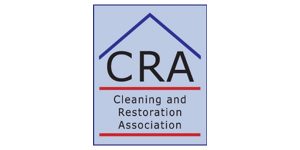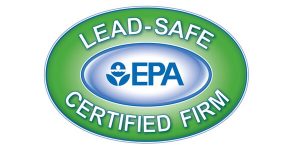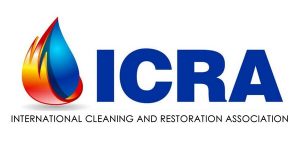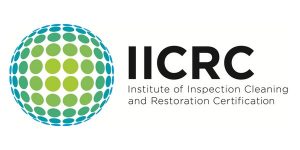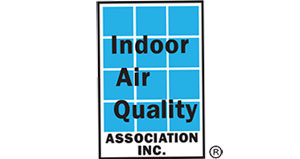What should you do after water damage? Basically you have to get everything completely dry within 48 hours. Otherwise you’re facing mold along with progressive destruction to flooring and drywall. If you’re dealing with more than a small leak or overflow, flood water has probably made it’s way upwards inside walls and become trapped in all sorts of places. Then it’s best to call in a certified firm such as Service First. As an example, if you don’t discover a burst washing machine hose until an hour later that’s about the same of one or two inches of flooding.
Top Ten Guidelines for Dealing with Water Damage
- Protect yourself! Wet floors are an electrocution hazard, so never enter a wet area without first turning off the electricity. Germs and other health hazards get going quickly in flood water, so wear boots, gloves, and a face mask. If raw sewage is involved, don’t tackle it yourself. The health risks are just too great.
- If there’s a plumbing problem, shut off the main supply and don’t spend time tracking down the exact source until drying is well underway.
- For small areas you can use a properly grounded wet shop vacuum to remove water. For larger soaked areas it’s best to call in professionals because once the flooding is gone you’ll need expert drying to get rid of the remaining moisture quickly enough.
- You may be able to save carpeting by lifting it up so that it can dry from both sides. But it still might not be possible to rescue it. Carpet padding is basically a sponge. Get rid of it. If the underlying sub-floor is damp, special drying equipment is likely needed. If the carpeting survives without mold growth or staining, professional carpet cleaning is highly recommended.
- If its warm and dry outdoors ventilate with open windows and strong fans. Otherwise keep windows and doors closed and speed the drying process with dehumidifiers. Remember, everything has to be completely dry within a couple of days to prevent mold growth and other problems.
- Don’t use the heater as warmer temperatures help bacteria grow. Don’t use central air conditioning as that circulates humidity and mold spores.
- You may have heard about putting documents, books, or photographs in the freezer. That’s only good if it’s not a frost-free model — so nowadays that’s pretty much means no. Let them air dry, and take critical items to a restoration specialist.
- Don’t place damp items in sealed plastic bags. That traps in moisture. Leave bags open, or better still wrap things in paper (but not newspaper — the ink bleeds).
- Wet porous items can be rinsed, but don’t scrub them as that rubs in contamination. Metal items can be rinsed and then immediately dried with a soft cloth. Whether building surfaces or possessions, use a mild disinfectant to get rid of most bacteria.
- Give appliances and electronics plenty of time to dry out after any dampness before testing them.
Major Flooding
If most of a room, or more, has been soaked you really need the expertise and special equipment of a water damage restoration specialist in order to dry out everything quickly enough to prevent secondary water damage. If for any reason that’s not possible here are a few more guidelines.
- Remove wet items from affected areas so both they and the room can dry faster.
- Rescue valuable items first, but don’t neglect the building while attending to numerous possessions.
- It’s unlikely you’ll be able to rescue mattresses and box springs, pillows, and particle board once they’ve gotten wet. The same goes for ceiling tiles, cellulose insulation, and fiberglass insulation.
- Removing baseboards and crown molding helps them as well as the wall dry.
- If walls aren’t swollen or sagging, pockets of saturation can be dried by ventilating the cavity. Otherwise building cavities need to be opened and exposed as the drywall will have to be replaced anyway.
- Use only air drying for building materials. Both lingering moisture and overly rapid drying cause wood to split and warp.
Resources
Instructions for proper water damage removal in all situations requires hundreds of pages and weeks of training. We’ve only touched on the highlights here. Along the way we’ve found the following web resources to be particularly helpful for a homeowner or business owner.
- https://www.azlibrary.gov/sites/azlibrary.gov/files/arm-guidelines-water-damage.pdf
- https://www.epa.gov/sites/production/files/2014-08/documents/table1.pdf
- http://www.iicrc.org/what-when-home-suffers-from-water-damage-a-74.html



